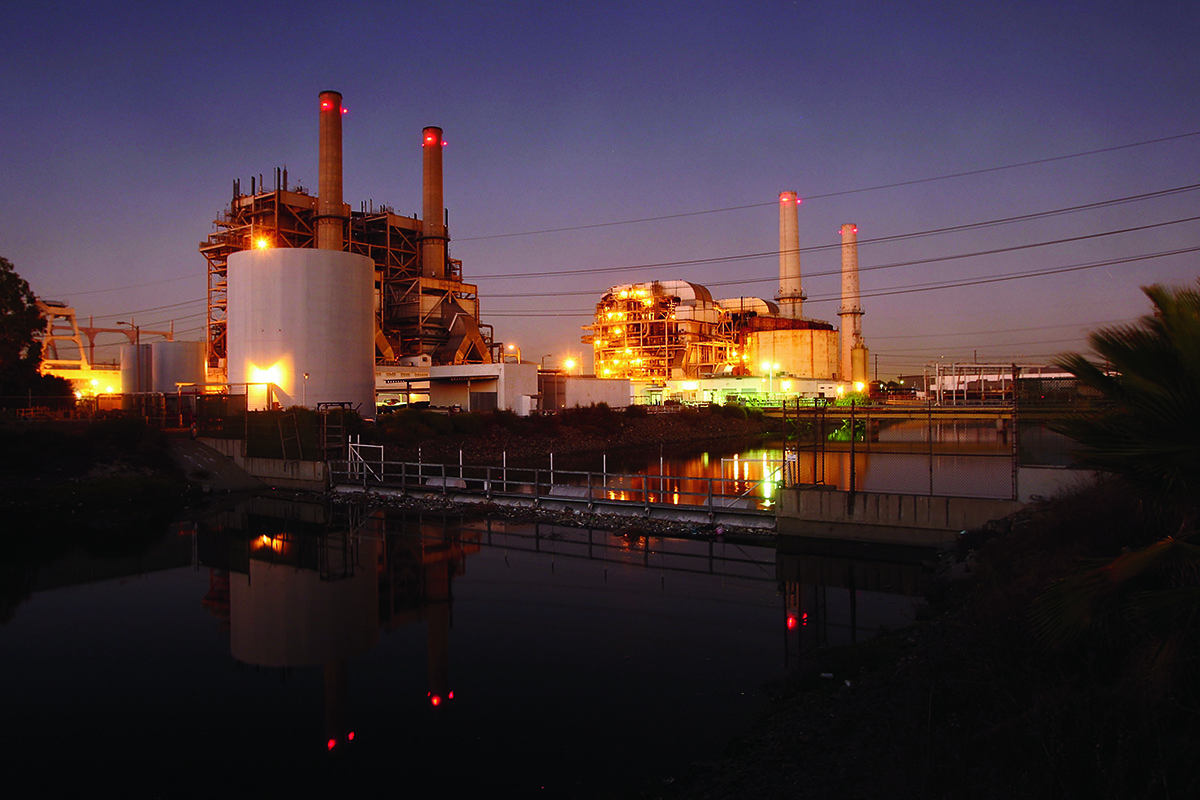Projecting global energy trends almost 25 years into the future is a study of human potential: how it’s cultivated, or limited, by the resources available. There is no crystal ball that can predict breakthrough changes, and anticipating daily life around the world relies more on recognizing fundamental dynamics that will drive society’s progress.
Welcome to the 2018 Outlook for Energy, ExxonMobil’s comprehensive look at the world’s supply and use of energy, and our view on what that means for society and the evolution of the energy landscape through 2040.
In the next 20+ years, a growing middle class around the developing world will need greater access to reliable and affordable energy. Meeting the growing demand for energy, while reducing CO2 emissions and increase efficiencies, will require huge investments and advanced technologies.
T.J. Wojnar Jr., vice president for Corporate Strategic Planning at ExxonMobil, and one of the report’s architects, talks about the path to 2040 and the advances that will influence the future energy landcape.
Energy Factor: The Outlook says that global GDP will likely double by 2040, led by developing, or non-OECD, countries, where GDP is expected to increase by about 165 percent. What does that mean for energy supply and demand?
T.J. Wojnar Jr: With energy comes prosperity, so how the non-OECD countries evolve and what type of energy choices they make will largely dictate how much and what type of energy they will need and how it will be supplied. In fact, we expect essentially all the world’s growth in energy demand will come from the non-OECD countries, because that’s where about 85 percent of the world’s population will live in 2040. That’s why their impact on the energy landscape is becoming so much more significant.
We know that as economies grow and people become more affluent, they start to buy more goods, many of which are produced from chemicals derived from petroleum. Expanding prosperity will also drive commercial transportation growth, because more raw materials and finished goods will need to be shipped. And because more affluence will allow a growing population to travel more, more jet fuel will be needed.

T. J. Wojnar Jr., vice president for Corporate Strategic Planning at ExxonMobil
EF: But, that sounds like increased emissions?
TJW: This is one of the greatest energy challenges the world faces. How do we provide reliable, affordable energy while also reducing emissions? In our view, we expect CO2 emission levels to peak by 2040 and then decline. So, yes, while you will see increased demand for liquids like oil, we’ll see changes elsewhere that will help offset those gains. For example, cars will continue to become much more energy-efficient as technology improves, and the number of electric vehicles on the road will also significantly increase. Another contributor will be a reduction of about 50 percent in coal used in OECD countries by 2040. Importantly, natural gas will play a larger role in electricity generation, as will renewables, all helping to reduce emissions.
EF: So, natural gas is that much of a game-changer?
TJW: Yes, one of the biggest opportunities to decrease the CO2 footprint in the world comes from natural gas and renewables penetrating electric power generation. Take China and India. Today, most of their electric power generation is from coal. Coal is a big CO2 emitter, and if natural gas and renewables can crack that market, that will eliminate a lot of emissions, much like what’s already unfolded in the United States.
EF: OK, but why natural gas?
TJW: It’s cleaner, more versatile and abundant. Natural gas emits up to 60 percent fewer CO2 emissions than coal, when used for power generation. It’s also a versatile fuel that can be used in different sectors. And, with the amount that’s been discovered in the United States and elsewhere, we have more than 200 years of supply, based on the world’s current demand. This abundance is one reason why we expect natural gas to contribute more than any other energy source in meeting the world’s increased energy demand.
EF: You also mentioned renewables. How do wind and solar fit into the mix?
TJW: The fastest-growing energy sources are wind and solar, and they will compete with natural gas in the power generation space through 2040. Both wind and solar obviously have CO2 and air-quality benefits, but still struggle with intermittency issues. Still, they are becoming more competitive as costs have come down and public policy support continues. All these factors contribute to wind and solar – on a combined basis – growing more than any other source of electricity.
EF: With that momentum and emission goals, will wind and solar become the go-to energy sources?
TJW: You do hear that, yes: that automobiles will all go electric, and all electricity will be supplied by solar and wind. But, it’s worth noting that despite a decade of rapid growth, wind and solar supply is a bit more than 5 percent of the world’s electricity. By 2040, with very strong growth, they are likely to approach 20 percent of global electricity supplies. Some developments, however, may help support even greater penetration, such as cost-effective grid storage, for one, and a responsive backup source of supply – something that favors natural gas plants compared to other alternatives.
EF: Will electric cars or hybrids impact projected gasoline demand?
TJW: That’s the single question I get most often: Aren’t electric vehicles going to eliminate all oil demand? And here’s how we answer that. If you make the assumption that every one of the 1.8 billion cars in the world in 2040 is fully electric, oil demand would still be close to where it is now. That’s because commercial transportation and chemical demand is so strong. Oil is used as a feedstock for the chemicals that go into making those goods that the growing middle class is demanding. It also underpins the commercial transportation industry that moves those products – be it by ship, plane or truck. There’s not a practical alternative for oil in these sectors, although we do expect significant efficiency gains to slow the growth of energy demand and related emissions.
EF: But, if oil is still that integral and more people are buying more and traveling more, how do emissions drop?
TJW: Yes, as the world’s population reaches 9 billion people, we’re going to see global energy demand grow quite a bit out to 2040. But as that happens, the CO2 intensity and overall energy efficiency of the world’s economy are both going to improve significantly. In short, the world is becoming less carbon-intense and more efficient through new technologies and new sources. In our view, expanding the use of cost-effective technologies will be critical to addressing the risks of climate change, while helping keep energy reliable and affordable for people around the world.
EF: Thanks for your time, T.J.




